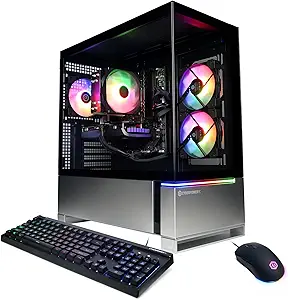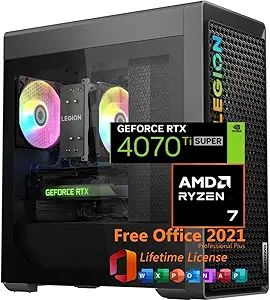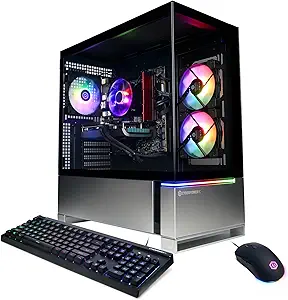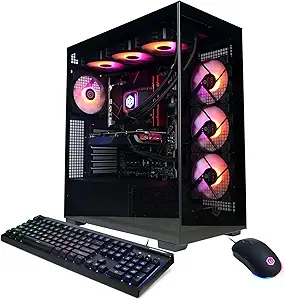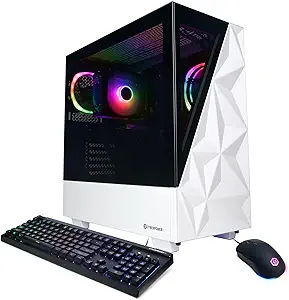Impact of Upcoming Changes to Nvidia’s GeForce Now on Game Streaming
Game streaming is quickly becoming a staple for gamers everywhere, facilitating access to a vast library without the need for expensive hardware. Nvidia’s Cloud Gaming Service, GeForce Now, has carved out its space in this arena, enabling players to enjoy high-end gaming experiences from almost any device. With significant changes rolling out, it’s crucial to explore what’s coming and the potential impacts on the gaming community.
What is GeForce Now?
GeForce Now is Nvidia’s cloud gaming platform that allows users to stream their PC games from the cloud rather than requiring a powerful gaming rig. It appeals especially to those who may not want to invest in high-end equipment but still wish to enjoy the latest titles. Users can access games they already own across platforms like Steam and Epic Games Store, promising seamless streaming with minimal latency and impressive graphics.
Current Subscription Tiers
Presently, GeForce Now offers two main subscription tiers: Performance and Ultimate. The Performance tier provides decent streaming experiences at a lower cost, while the Ultimate tier elevates the experience with RTX support and extended session times. This flexibility in membership aims to cater to a diverse array of gaming needs—perfect for both casual gamers and hardcore enthusiasts alike.
Major Changes Announced
Monthly Playtime Cap
Beginning January 1, 2025, new subscribers will face a 100-hour monthly playtime limit, whereas existing subscribers can relax until January 2026. This change raises critical questions about accessibility. While Nvidia maintains that only around 6% of users have ever exceeded this cap, players will need to consider purchasing extra hours if they reach their limit. Existing users have the benefit of carrying over 15 unused hours each month.
Membership Name Changes and Features
Alongside the time cap, the Priority tier is now rebranded as the Performance tier, with prices remaining unchanged. Excitingly, new features like 1440p streaming and ultrawide resolution support are rolling out. Players can also save their preferred graphics settings for each game—a subtle but powerful change for those weary of constant tweaks.
Implications of These Changes
Accessibility and Democratization of Gaming
The 100-hour cap raises important questions about accessibility for those who rely on the convenience of cloud gaming. For casual gamers, this might be manageable, but dedicated players who cherish time-consuming titles could find themselves hindered. This limitation starkly contrasts with traditional gaming scenes, emphasizing ongoing conversations surrounding accessibility in gaming.
User Experience Considerations
Community feedback is already surfacing, with many users expressing frustration over the cap. Concerns are prevalent about how this limitation may affect gameplay, especially for players who engage less frequently but prefer deep gaming sessions. Adjusting schedules to accommodate these new limitations may pose a challenge even to the most dedicated gamers.
Future Predictions for Game Streaming
Growth of Cloud Gaming Market
Despite the announced changes, a bright future for cloud gaming seems likely. The demand for on-the-go gaming continues to rise, and leading companies like Nvidia strive to meet that need. While some gamers may remain attached to traditional gaming methods, the flexibility that cloud gaming provides is a genuine game changer.
The Role of Nvidia in Evolving Game Streaming
Nvidia’s impact on this market is significant. With continual technological advancements and new features aimed at enhancing user experience, it’s thrilling to imagine the innovations that lie ahead. These forthcoming changes illustrate Nvidia’s commitment to refining their platform in response to user feedback and maintaining a leading edge in the world of game streaming.
Final Thoughts
The changes to GeForce Now represent a substantial transition for both Nvidia and gamers alike. As the landscape of online gaming evolves, it will be fascinating to observe how casual and hardcore gamers adapt to these new limitations. What are your thoughts? Will the 100-hour cap affect your gaming experience? Share your insights on GeForce Now and the future of game streaming below!





